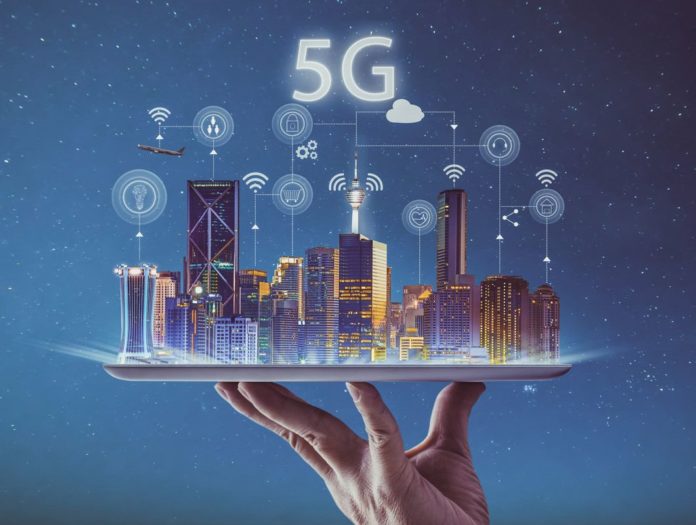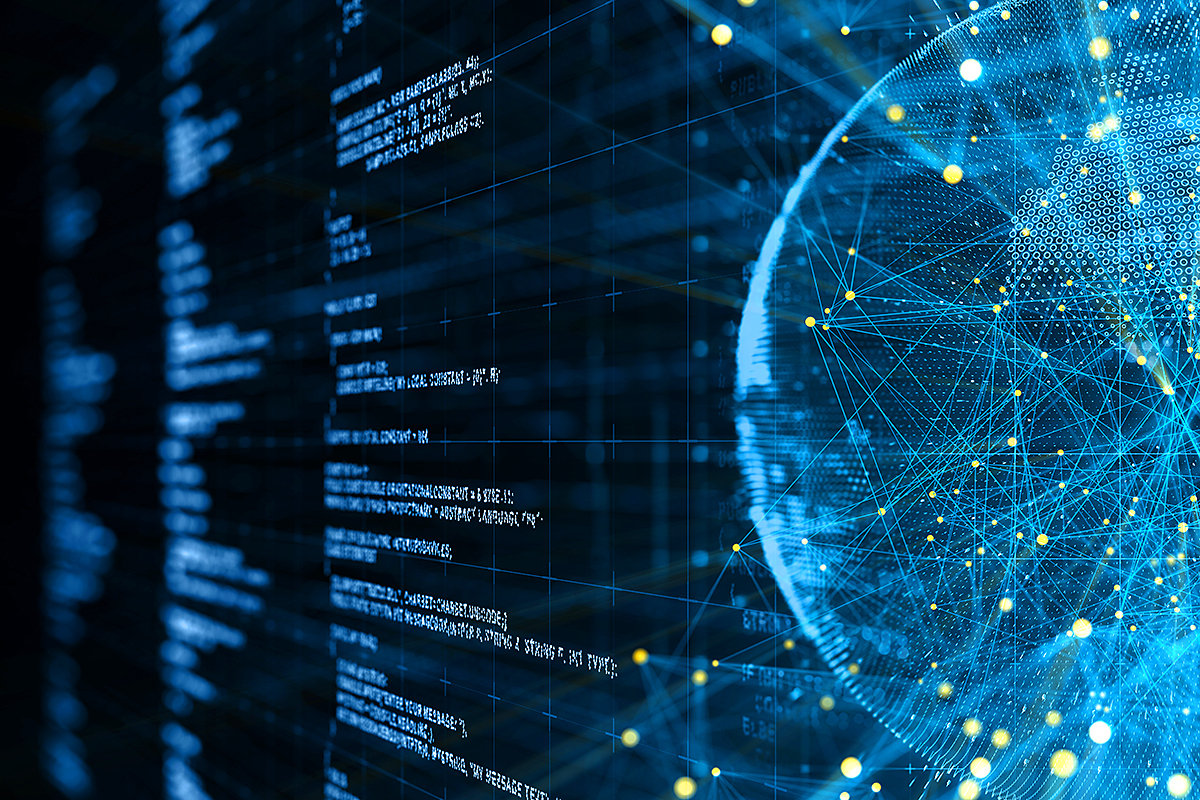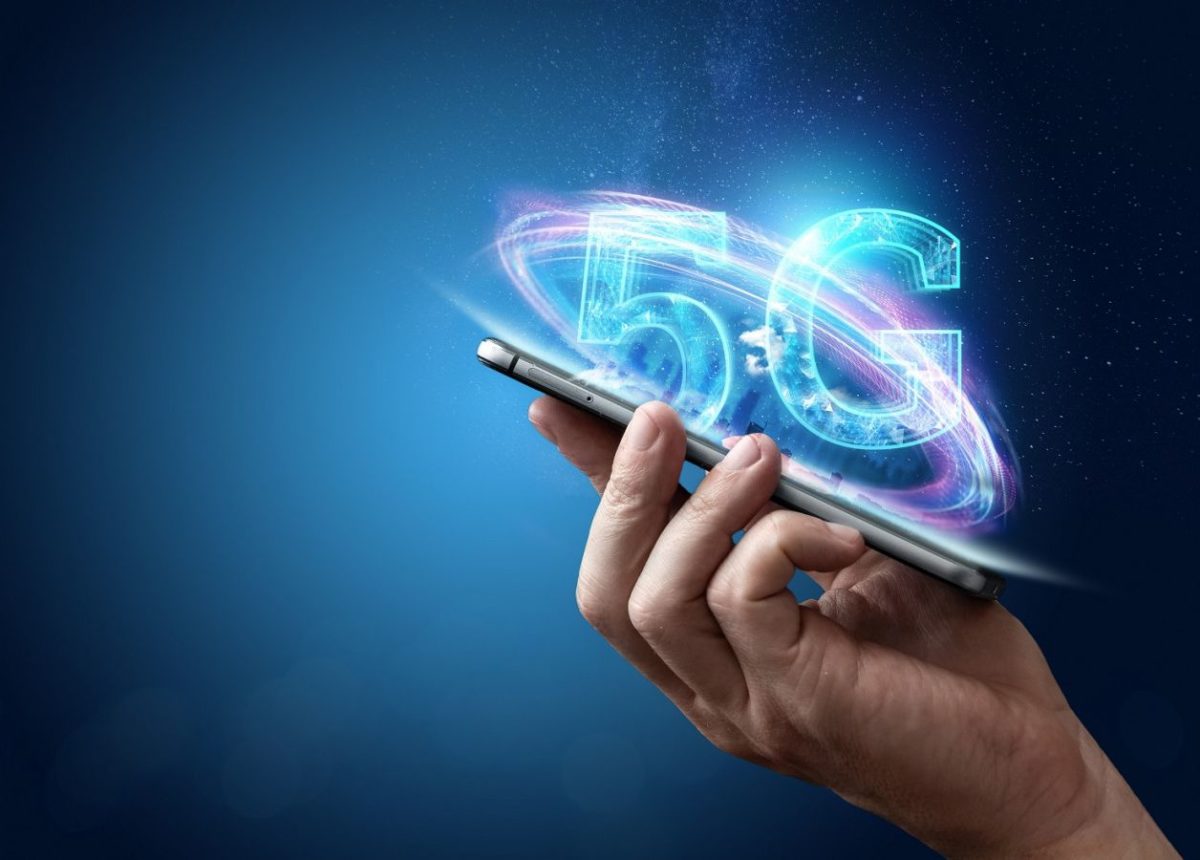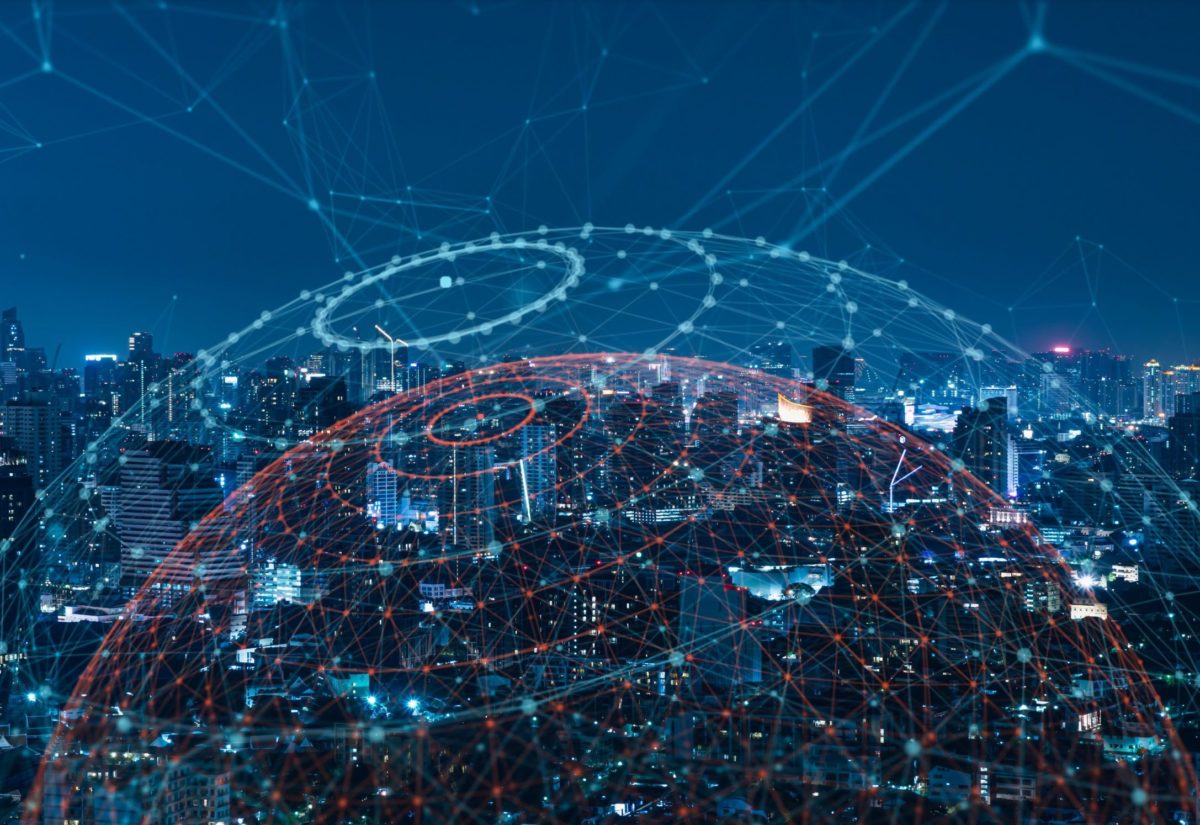
As we settle into the dawn of a new decade, it is only natural that we look forward to the technological trends that the upcoming years are expected to bring. At the forefront of almost every predictive reports and articles that we’ve come across, IT analysts have predicted the widespread coverage of 5G cellular networks to finally become a reality.
Having said that, however, despite the introduction and steady production of 5G-enabled smartphones, there is still a long time before 5G becomes as integrated into our digital lives to the same level as 3G and 4G mobile networks are.
To some of our more impatient readers who might be shaking their heads in dismay and yearning for a more definitive answer as to when the implementation of the 5G technology becomes far-reaching, the little window of time available actually offers organizations and IT specialists the luxury to devise methods that ease the transition to a 5G network.
Rather than whining about the amount of time it has taken for the 5G technology to become widespread, it is much more beneficial in the long-run that enterprises, organizations, and individuals devote this time to finding ways that enable the efficient and easy amalgamation of the 5G technology into the mainstream, along with upholding the principles of security as well.
5G: Opportunity and Risks Go Hand in Hand

With the launching of multiple smartphones that are 5G-optimized, the advantages that a 5G network has to offer are well within the reach of individuals, and organizations. Although the aspect of 5G that has been garnering the most praise online in a multitude of tech articles is the “lightning-paced” speeds that it offers, we believe that there are many other advantages to the 5G, that unfortunately, often get thrown under the rug- advantages that could very well change the course of the IT hemisphere, as we know it today.
Amongst the most notable perks of the 5G technology is the fact that it has lower latency, almost 10 times less than the latency employed by 4G, which enables 5G to perform remote tasks and actions in real-time. Moreover, it is due to this low latency that companies and industries can rely on 5G for the automation of several important tasks, which in turn reduces the labor and time investments required.
In addition to the lower latency, a robust 5G network also allows for a greater number of connected devices on the network, which in turn significantly contributes to the ever-expanding IoT, and ultimately give rise to everything from smart refrigerators to smart cities.
Furthermore, the 5G also allows the implementation of virtual networks- a phenomenon also referred to as ‘network slicing’- which gives rise to an infrastructure that allows the formulation of subnets, which provides connectivity as per the specific needs of the compartments.
Problems With 5G Technology

With that being said, however, not all is as good as it seems up till now. What many enterprise owners and individuals fail to grasp is that along with the ample opportunities offered by 5G, there come a few risks, as well. Unfortunately, most people have a high tendency to pretend that those risks don’t exist, which creates more problems than it solves.
With some of the advantages that the 5G technology offers, such as the vast number of devices that can connect to a single network- some security loopholes are bound to arise. The greatness of the network, combined with the complexity of the control-plane, along with managing the services, and ensuring end-to-end connectivity- several security flaws such as an expanded surface area available to cyber criminals come into the light.
One of the biggest security concerns that users have over the 5G going tech going mainstream is over privacy and the protection of their identities while being connected to the IoT, via a 5G network.
When we take into consideration the fact that one of the greatest uses of the 5G is massive machine-type communications, abbreviated as mMTC, this privacy concern is only expected to grow since the amount of information being exchanged is expected to increase exponentially with the widespread coverage of 5G.

If the situation wasn’t already alarming enough, it becomes even more worrisome when we take into account the importance of data mining, and how significantly it contributes to an organization’s functioning. With enterprises mining data to provide consumers with a tailor-made experience that caters to their specific needs, it also allows hackers to launch a new wave of highly sophisticated social engineering attacks that target the vulnerabilities centered around data.
Since the data collected by an organization is highly confidential, and consequently, offers extremely valuable insight into the trends and patterns followed by consumers, in the likely instance that a cyber criminal gains access to the data pool, thousands of identities will be compromised, including sensitive information about the organization itself.
According to VPNoverview, use a VPN that not only allows you to download anonymously but also hides the IP address and provides protection from the snooping eyes of the hackers.
An even more alarming concern is the fact that even if the data is completely anonymized, it is still quite possible to formulate a “virtual” identity and use it to permeate administrative systems, and drive analytics.
In the little window of time available to organizations, before the 5G technology has permeated across the entire IT world, it is extremely vital that security teams devise methods that combat the pervasive ways in which data is being gathered today, including the creation of a virtual identity, that enables the protection of a consumer’s real-world identity.
5G and IoT: A Security Conundrum

Although the widespread coverage of mMTC networks isn’t expected anytime before 2024, organizations still need to be prepared for the impact that mMTC, and subsequently, 5G could have on the ever-expanding IoT.
Not only do mMTC networks enable greater connectivity, but they also enable an even greater expansion of IoT devices used by enterprises, in industrial settings, and via public entities as well. Combined with the phenomenon of ‘network slicing,’ along with the greater device connectivity available to the 5G network will enable a vaster number of devices to connect.
As we’ve already mentioned above, the increased scale of interconnected devices gives rise to a digital landscape where everything from a coffee machine to a power grid has the ability to communicate with each other. The downside of this, however, is the fact that owing to an arsenal of reasons, not all IoT devices are on the same security page. Not only does this give rise to multiple entry points through which hackers can exploit the mMTC network, but the worst-case scenario might also result in the organization shutting down entirely.
Parting Words
Taking into account everything that we’ve mentioned up to this point, even the mere thought of introducing 5G into the broken digital infrastructure of today, with an overabundant number of security flaws present everywhere becomes rather absurd.
However, if an enterprise owner is still hell-bent on including the 5G tech within organizations, while it is still in its transformation stage- they need to take the security precautions, and measures necessary to mediate any problems that arise, preferably, through real-time response.
With that out of the way, we are still hopeful with all that the 5G technology has to offer and look forward to an IT landscape where the technology reaps an arsenal of benefits to companies, and individuals alike.
















